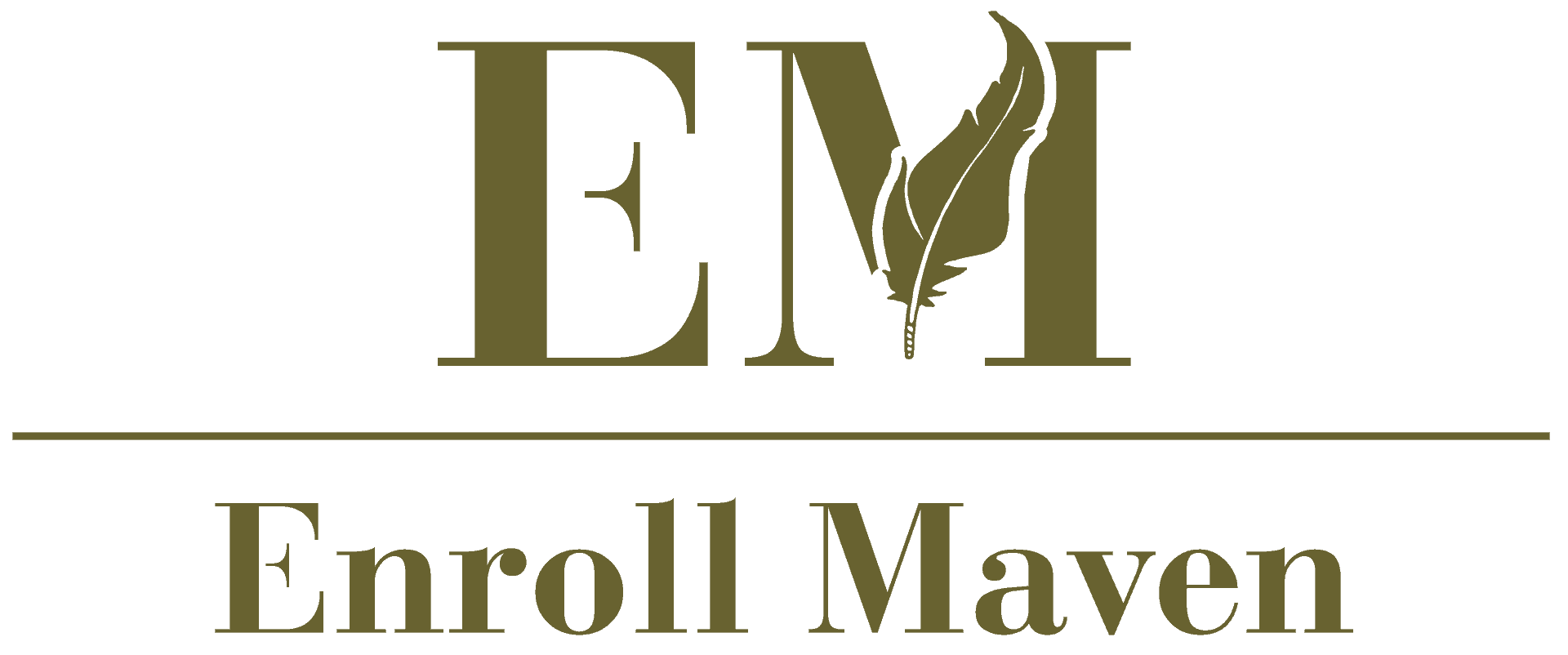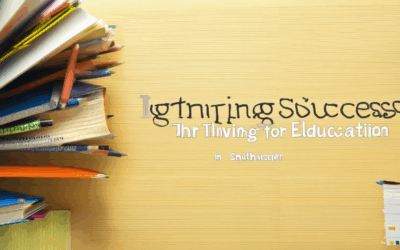Studying for exams can be a daunting task, especially when faced with piles of notes and a never-ending list of topics to cover. Everyone knows someone who struggles with staying focused during study sessions, or worse, someone who leaves everything until the last minute. But what if there were proven strategies that could transform your approach to exam preparation? Whether you’re preparing for college exams, standardized tests, or professional certifications, effective study techniques can make all the difference. From mastering time management to leveraging memory-enhancing methods, this guide will walk you through the best practices and scientifically proven techniques to help you ace your exams with confidence. By exploring everything from the 2-3-5-7 study method to active learning strategies, we’ll delve into the secrets to successful exam preparation and equip you with the tools needed to stay ahead of the curve. Stay tuned to discover how you can optimize your study habits and unlock your full potential.
Key Takeaways
– Master the 5-10-15 Study Method: Divide your study sessions into three phases—5 minutes for introduction, 10 minutes for deep dives, and 15 minutes for application—to boost retention and efficiency.
– Leverage the 80/20 Method: Focus 20% of your study time on high-priority subjects and use efficient techniques to maximize productivity, while dedicating 80% to review and reinforcement.
– Apply the 321 Rule: After lessons, jot down three key points, explore two interesting aspects, and ask one question to enhance retention and deepen understanding.
Effective Study Techniques
Studying effectively requires a combination of strategies tailored to individual learning styles and goals. Here are some proven techniques that can enhance learning outcomes:
- Active Recall : Test yourself immediately after learning new information. This reinforces memory and helps identify gaps in understanding.
- Spaced Repetition : Review material at increasing intervals to leverage the brain’s natural ability to retain information over time. Tools like Anki can facilitate this process.
- Interleaved Practice : Mix different topics or subjects within a study session to enhance overall comprehension and prevent monotony.
- Elaboration : Connect new information to prior knowledge by asking questions and exploring deeper meanings to foster a richer understanding.
- Dual Coding : Combine verbal and visual information through techniques like mind mapping or drawing diagrams to enhance retention.
- Chunking : Break down complex information into smaller, manageable parts using methods like the loci technique or the Pomodoro Strategy to reduce overwhelm.
- Mind Mapping : Visualize relationships between ideas to create a comprehensive overview and better recall.
- Analogies and Metaphors : Relate new concepts to familiar frameworks to make abstract ideas more tangible and easier to understand.
- Teach Others : Explain concepts to peers or record yourself teaching to solidify understanding and identify knowledge gaps.
- Pomodoro Technique : Study in focused intervals followed by short breaks to maintain concentration and efficiency.
What is the 2-3-5-7 Study Method?
The 2-3-5-7 study method is a structured approach designed to enhance learning and retention. Here’s a breakdown of each phase:
- Phase 2 – Initial Engagement : Skim or preview the material to get an overview. This helps in understanding the main ideas and structure of the content.
- Phase 3 – Deep Reading : Read the material thoroughly, focusing on key points and details. This phase involves active reading, such as underlining or highlighting important information.
- Phase 5 – Note-Taking : Organize the information by taking concise notes. Summarize the main ideas and concepts in your own words to reinforce understanding.
- Phase 7 – Reinforcement : Review the material after some time has passed. This phase involves recalling information, which helps in long-term retention. Consider summarizing the material or testing yourself on the key points.
This method encourages a gradual and structured approach to learning, helping individuals move from basic engagement with the material to a deep understanding and retention.
What is the Best Way to Study for Exams?
Preparing effectively for exams requires a strategic approach to maximize efficiency and reduce stress. Here are proven strategies to help you excel:
1. Create a Study Schedule
- Plan your study sessions in advance, allocating specific times for each subject.
- Stick to a consistent routine leading up to the exam, ensuring adequate time for revision.
- Use a planner or digital calendar to track progress and deadlines.
2. Utilize Effective Study Techniques
- Active Recall: Test yourself frequently on the material rather than passively revisiting notes. This method improves retention and understanding.
- Teach Someone Else: Explain concepts as if guiding a peer, which reinforces your own knowledge.
- Interleaved Practice: Mix topics or subjects in study sessions to enhance overall comprehension and prevent burnout.
3. Manage Time During the Exam
- Prioritize easier questions first to secure quick points and build confidence.
- Allocate sufficient time for each section, aiming to complete all questions without rushing.
- Read each question carefully before answering to avoid mistakes.
4. Review and Organize Notes Effectively
- Summarize key points from lectures or textbooks into concise notes for easy reference.
- Highlight important information in textbooks or study guides to focus on critical details.
- Use flashcards or mind maps to reinforce complex concepts visually.
5. Stay Healthy and Maintained
- Ensure proper nutrition, regular exercise, and adequate sleep to sustain energy levels.
- Stay hydrated to keep your mind sharp during long study sessions or exams.
- Take short breaks between study sessions to avoid mental fatigue.
6. Seek Support When Needed
- Join study groups or forums to discuss challenges and share insights with peers.
- Reach out to teachers or mentors for clarification on unclear topics.
- Consider professional tutoring or study coaching for personalized guidance.
By implementing these strategies, you can approach your exams with confidence and efficiency. Remember, consistency and targeted practice are key to long-term success. Don’t hesitate to explore additional resources like those offered on Enroll Maven for further insights and tools to enhance your preparation.
What is the 5-10-15 Study Method?
The 5-10-15 study method is a structured approach to learning and retention that divides the study process into three distinct phases, each lasting a specific duration to maximize efficiency and effectiveness.
- 5-Minute Session: Begin with a brief, focused session to introduce the topic or concept. This initial exposure helps activate your brain and prepares you for deeper engagement.
- 10-Minute Deep Dive: Spend the next 10 minutes delving into the details. This phase allows for thorough exploration and internalization of the material, reinforcing your understanding through active thinking and questioning.
- 15-Minute Application: Conclude with a 15-minute session where you apply the knowledge. This phase involves hands-on activities, problem-solving, or creating summaries, ensuring the concepts are firmly embedded in your memory.
This method leverages the brain’s capacity for new learning by spacing out the study sessions, preventing information overload and enhancing retention. It promotes a balanced approach to learning, catering to different cognitive processes during each phase.
The 80/20 Method of Studying
The 80/20 method of studying is a strategy based on the Pareto Principle, which states that 80% of results come from 20% of the effort. Applied to studying, this means focusing on high-priority tasks and efficient learning techniques to maximize productivity.
Key Components of the 80/20 Method
- Identify High-Priority Tasks : Allocate 20% of your study time to the subjects or topics that will yield the highest returns, such as exams or assignments with significant weight in your grade.
- Leverage Efficient Learning Techniques : Use methods like active recall, spaced repetition, and teaching others to enhance retention and understanding.
- Minimize Distractions : Dedicate focused, uninterrupted time to these high-priority tasks to maximize effectiveness.
- Review and Reflect : Spend the remaining 80% of your time reviewing and reinforcing the material learned during the focused sessions.
Practical Application
- Prioritize Subjects : Focus on subjects or chapters that align with upcoming assessments or career goals.
- Utilize Resources Wisely : Invest time in tools and strategies that enhance learning efficiency, such as flashcards or study groups.
- Stay Organized : Create a structured study schedule that reflects the 80/20 ratio, ensuring consistency and coverage of essential topics.
By applying the 80/20 method, students can streamline their study process, achieving better results with less time and effort. This approach emphasizes quality over quantity, making it particularly effective for busy learners.
The 321 Rule for Study
The 321 rule for study is a simple yet effective strategy to enhance learning and retention. Here’s how it works:
- After the Lesson: Have each student record three key points or concepts they learned during the lesson. This helps reinforce their memory and understanding of the main ideas.
- Explore Further: Next, ask students to write down two things they found interesting or want to learn more about. This encourages curiosity and deeper engagement with the material.
- Ask Questions: Finally, have students write down one question they still have about the topic. This identifies gaps in their knowledge and provides a clear direction for further study or discussion.
This method is particularly useful for helping students retain information and develop critical thinking skills. By focusing on the most important aspects of the lesson and encouraging exploration, the 321 rule promotes a more effective and enjoyable study experience.









0 Comments